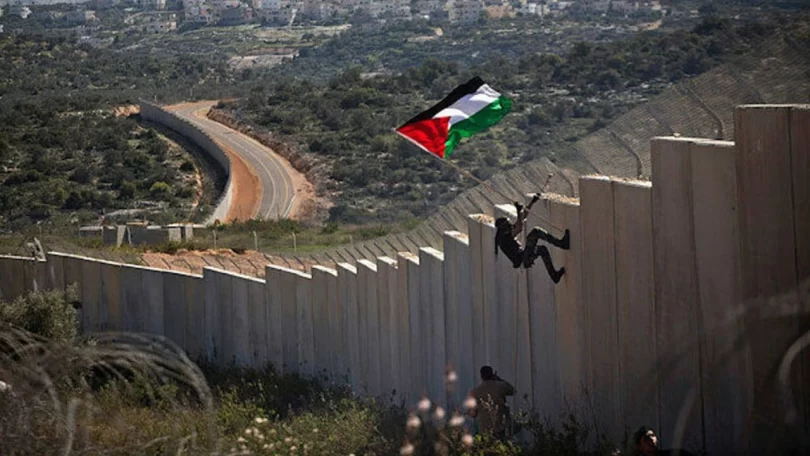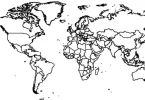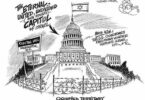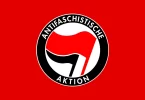The generally “progressive” view is that there is no border threat at all, that the thousands of migrants heading for the U.S. can be assimilated and indeed should be allowed entry because of U.S. government policies in Central America that have created the ruined states that the would-be immigrants have been fleeing.
There is certainly some truth to that argument, though it suggests that the United States should essentially abandon sovereignty over its own territory, which most Americans would reject.
The alternative viewpoint, which has a much broader bipartisan constituency, consists of those who do feel that border security is a national priority but are nevertheless critical of building a wall, which will be expensive, possibly ineffective and environmentally damaging.
They prefer other options, to include increased spending on the border guards, more aggressive enforcement against existing illegals and severe punishment of businesses in the U.S. that hire anyone not possessing legal documentation.
Some also have argued in favor of a national ID issued only to citizens or legal permanent residents that would have to be produced by anyone seeking employment or government services.
Israel’s “separation wall” is arguably being constructed at least in part using “aid” and charitable money provided by Washington while also being enabled politically by the U.S. government’s acquiescence to the Israeli violations of international law.
And if the moral argument for not having a wall to aid suffering refugees has any meaning, it would be many times more so applied to the Israeli wall, which is an instrument in the maintenance of apartheid in areas under Israeli control while also making permanent the stateless status of the more than one million Palestinian refugees, far more in number than the would-be immigrants marching through Mexico.
Israel’s wall is undeniably far more damaging than anything being considered for placement along the U.S. – Mexican border as it operates as both a security measure and a tool for confiscating more Arab land by including inside the barrier illegal West Bank settlements.
As noted above, the principal difference between the U.S. wall and that of Israel is that the American version is all on U.S. land and is engineered to more or less run in a straight line along the border.
The Israeli version is nearly 90% built on Palestinian land and, as it is designed to create facts on the West Bank, it does not run in a straight line, instead closing off some areas to the Palestinians by surrounding Arab villages.
It therefore keeps people in while also keeping people out, so it is not strictly speaking a security barrier. Indeed, some Israeli security experts have stated their belief that the wall has been only a minor asset in preventing violence directed by Palestinians against Israelis.
If the Israeli wall had followed the Green Line that separated Israel proper from Palestinian land it would be only half the estimated 440 miles long that it will now be upon completion.
The extra miles are accounted for by the deep cuts of as much as 11 miles into the West Bank, isolating about 9% of it and completely enclosing 25,000 Palestinian Arabs from areas nominally controlled by the Palestinian Authority.
One often cited victim of the barrier is the Palestinian town of Qalqilyah, with a population of 45,000, which is enclosed on all sides by a wall that in some sections measures more than 25 feet high.
Qalqilyah is only accessible through an Israeli controlled military checkpoint on the main road from the east and a tunnel on the south side that links the town to the adjacent village of Habla.
The wall is therefore only in part a security measure while also being a major element in the Israeli plan to gradually acquire as much of the West Bank as possible – perhaps all of it – for Israeli settlers.
It is a form of collective punishment based on religion to make life difficult for local people and eventually drive them from their homes.
The human costs for the Palestinians have consequently been high. A United Nations 2005 report states that:
“… it is difficult to overstate the humanitarian impact of the Barrier. The route inside the West Bank severs communities, people’s access to services, livelihoods and religious and cultural amenities.
https://unispal.un.org/UNISPAL.NSF/0/32943465E443DEFE8525700C0066B181
In addition, plans for the Barrier’s exact route and crossing points through it are often not fully revealed until days before construction commences.
This has led to considerable anxiety amongst Palestinians about how their future lives will be impacted… The land between the Barrier and the Green Line constitutes some of the most fertile in the West Bank.
It is currently the home for 49,400 West Bank Palestinians living in 38 villages and towns.”
Any pushback from the United States has been rare to nonexistent, with successive administrations only occasionally mentioning that the settlements themselves are “troubling” or a “complication” vis-à-vis a peace settlement.
Build the Wall – Best Argument in 2:25 Minutes
Please read the ‘Disclaimer and Fair Use‘






